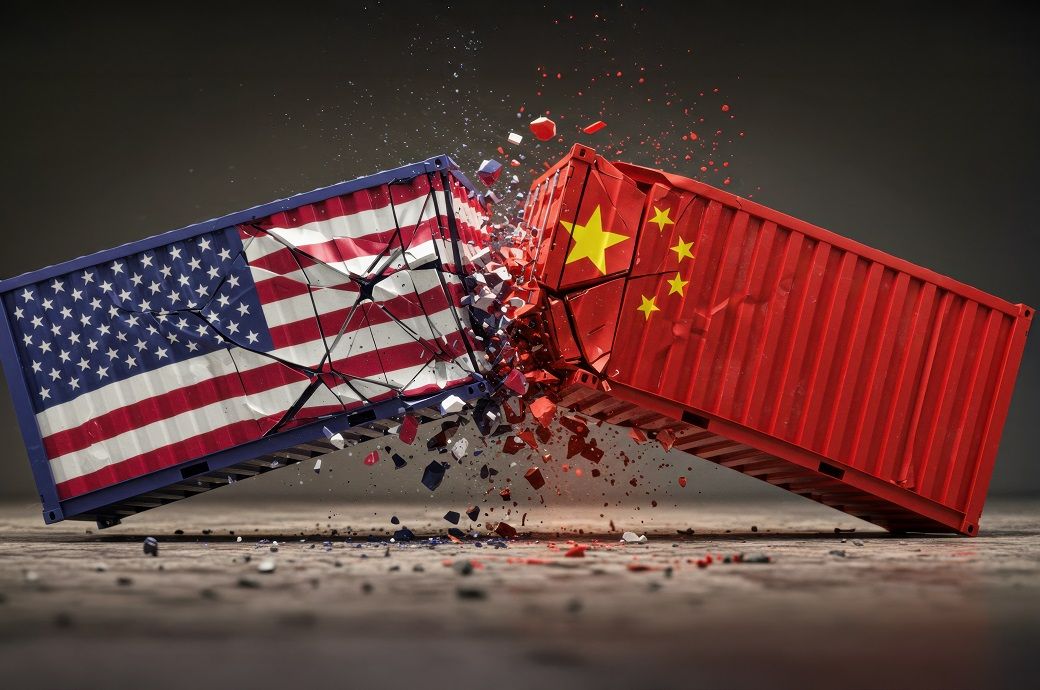In its December Global Economic Outlook, Fitch assumed a steep rise in the effective US tariff rate on imports from China to 35 per cent from 10 per cent. Measures implemented on February 4 took the effective rate to 20 per cent, Fitch Ratings said in a press release.
The US government has revoked de minimis exceptions, which previously allowed Chinese shipments under $800 to enter duty-free and without formal customs procedures. This change is expected to impact Chinese direct-to-consumer retailers like Temu and Shein and add pressure on Chinese exports to the US.
Fitch Ratings sees recent US-China trade restrictions as aligned with its base case but warns of further risks.
US tariffs on Chinese imports could rise to 35 per cent in 2025.
The US revoked de minimis exceptions, impacting retailers like Temu and Shein.
Policies in response, like LNG and oil tariffs, are unlikely to majorly affect Chinese issuers.
Meanwhile, China remains under US trade scrutiny, with reports on China’s trade, intellectual property, and currency practices due by April 1 from various US agencies. Fitch expects US tariffs on Chinese imports to increase further in 2025, aligning with President Donald Trump’s stance that a 10-percentage-point hike is just an initial measure aimed at reducing US trade deficits.
The agency views recent developments as consistent with its baseline assumptions around US tariffs on China, and its projection that China’s economy will grow by 4.3 per cent in 2025 remains unchanged. It still expects China’s fiscal policy to turn more expansionary in response to external and domestic growth headwinds, as well as domestic deflationary pressures.
China’s budget deficit is set to widen to around 8 per cent of GDP in 2025, from 6.7 per cent last year, with government debt rising further. Deteriorating public finances were the key factor behind Fitch’s decision to revise the Outlook on China’s ‘A+’ sovereign rating to Negative last April, added the release.
China’s authorities could also allow greater exchange rate depreciation against the US dollar to offset the effect of US tariffs but have thus far held the currency relatively steady. Fitch foresees additional depreciation as tariffs increase further.
The agency’s China growth forecast incorporates its assumption that the US will increase tariffs on imports from other economies, lifting the overall US effective tariff rate to 7.9 per cent from 2.3 per cent in 2023, which will weigh on global demand growth.
President Trump has paused proposals for broad 25 per cent tariffs on Canada and Mexico, but there remains a risk that these could go ahead, or that tariffs could be imposed on goods from other markets like the European Union. Such moves could have a more serious impact on worldwide demand for Chinese exports than assumed under its baseline. Chinese companies’ growing supply chain reliance on Mexico as a base from which to reach the US market may make them especially vulnerable to US policies affecting Mexico, or Mexican policies affecting Chinese investment or Mexico-China trade.
The policies China has announced so far in response to the US actions are unlikely to have major credit ramifications for Chinese issuers. These include tariffs of 15 per cent on US liquid natural gas (LNG) and coal imports, a 10 per cent tariff on US oil, higher duties on agricultural equipment and other items, and an antitrust investigation into Google.
China’s imports of US LNG, coal, and oil are limited, and Chinese buyers should easily switch to purchases from other markets. Nonetheless, there is some risk that China’s domestic gas consumption growth could be lower than the mid-single-digits Fitch expects if the impact of US tariffs on global trade exceeds its expectations, hitting export manufacturers’ demand.
Fibre2Fashion News Desk (SG)


